Legal Differences Between Certification and Licensure
Certification
The federal government has defined “certification” as the process by which a non-governmental organization grants recognition to an individual who has met predetermined qualifications specified by that organization. 1 Similarly, the National Commission for Certifying Agencies defines certification as “a process, often voluntary, by which individuals who have demonstrated the level of knowledge and skill required in the profession, occupation, role, or skill are identified to the public and other stakeholders.”2
Accordingly, there are three hallmarks of certification (as functionally defined).
Certification is:
- voluntary process;
- by a private organization;
- for the purpose of providing the public information on those individuals who have successfully completed the certification process (usually entailing successful completion of educational and testing requirements) and demonstrated their ability to perform their profession competently.
Nearly every profession certifies its members in some way, but a prime example is medicine. Private certifying boards certify physician specialists. Although certification may assist a physician in obtaining hospital privileges, or participating as a preferred provider within a health insurer’s network, it does not affect his legal authority to practice medicine. For instance, a surgeon can practice medicine in any state in which he is licensed regardless of whether or not he is certified by the American Board of Surgery.
Licensure
Licensure, on the other hand, is the state’s grant of legal authority, pursuant to the state’s police powers, to practice a profession within a designated scope of practice. Under the licensure system, states define, by statute, the tasks and function or scope of practice of a profession and provide that these tasks may be legally performed only by those who are licensed. As such, licensure prohibits anyone from practicing the profession who is not licensed, regardless of whether or not the individual has been certified by a private organization.
What if my state certifies, not licenses, EMS professionals?
Confusion between the terms “certification” and “licensure” arises because many states call their licensure processes “certification,” particularly when they incorporate the standards and requirements of private certifying bodies in their licensing statutes and require that an individual be certified in order to have state authorization to practice. The use of a certification issued by the National Registry by some states as a basis for granting individuals the right to practice as EMS clinicians and calling the authorization granted “certification” is an example of this practice. Nevertheless, certification by the National Registry, by itself, does not give an individual the right to practice.
Regardless of what descriptive title is used by a state agency, if an occupation has a statutorily or regulatorily defined scope of practice and only individuals authorized by the state can perform those functions and activities, the authorized individuals are licensed. It does not matter if the authorization is called something other than a license; the authorization has the legal effect of a license.
In sum, the National Registry is a private, non-profit, certifying organization. The various State EMS Offices or like agencies serve as the state licensing agencies. Certification by the National Registry is a distinct process from licensure; and it serves the important independent purpose of identifying for the public, state licensure agencies and employers, those individuals who have successfully completed the National Registry’s educational requirements and demonstrated their skills and abilities in the mandated examinations.
2 NCCA Standards for the Accreditation of Certification Programs, approved by the member organizations of the National Commission for Certifying Agencies in February, 2002 (effective January, 2003).

